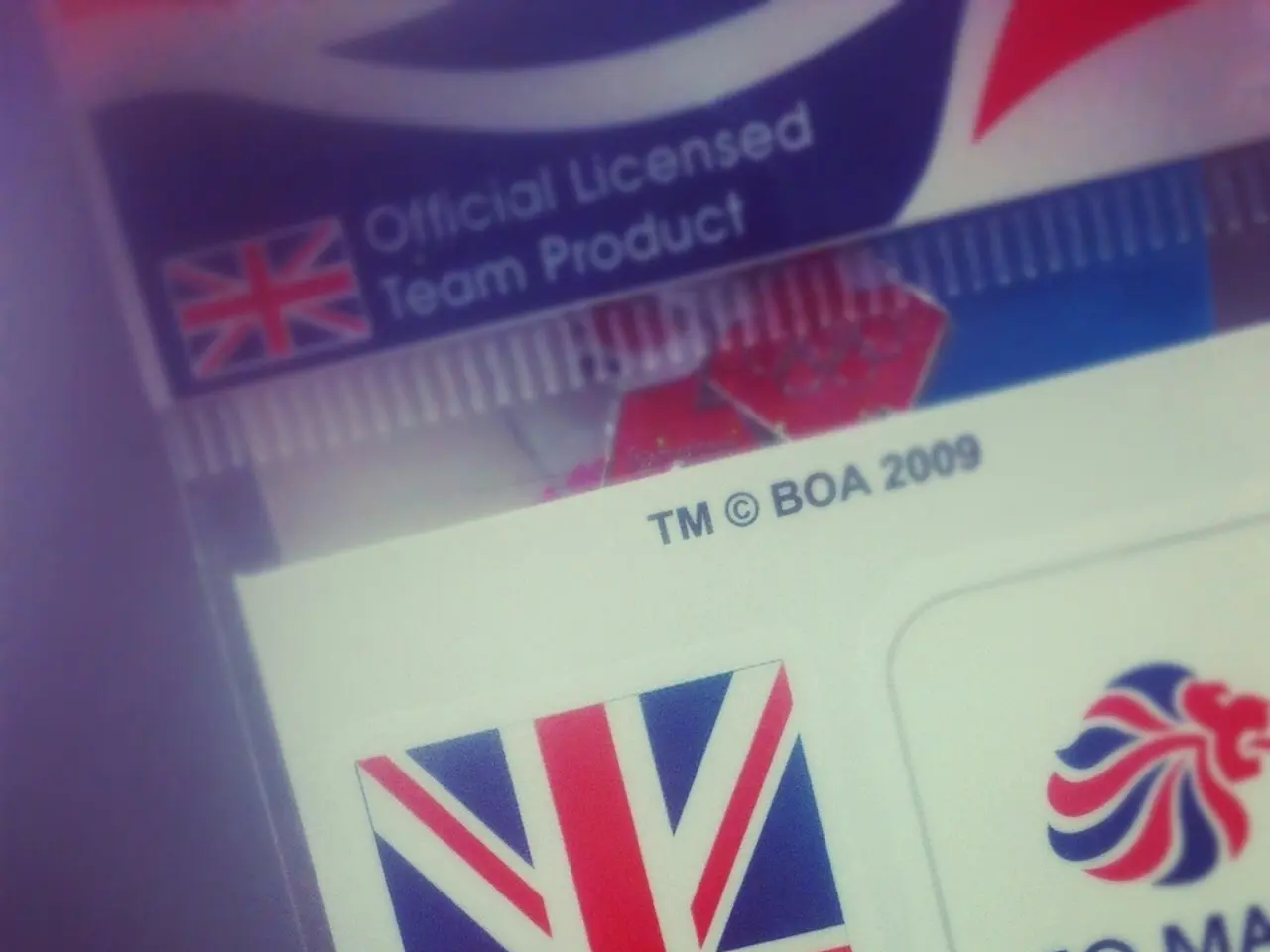Ten Various Methods of Presenting Data to Express Your Narrative
In the world of data analysis, presenting information in a clear and engaging way is crucial. Here's a guide to help you choose the appropriate data visualization style for specific needs.
Understanding Your Data and Goal
The first step in data visualization is to identify what you want to communicate and the nature of your data. Are you trying to compare categories, show trends over time, or examine relationships and distributions? Understanding your data and goal will help you select the right chart type.
Selecting the Right Chart Type
Different chart types are suited to different types of data and goals. For example, bar charts are ideal for comparing categories, line charts for showing trends over time, scatter plots for relationships, and histograms or box plots for distribution analysis.
Knowing Your Audience
It's essential to tailor the complexity and detail of your visuals to the audience's familiarity and expertise. Use simpler visuals for non-technical audiences and more detailed charts for experts.
Keeping Visuals Simple and Clear
Avoid unnecessary chart junk and clutter. Use a balanced design with appropriate colors, shapes, and whitespace to highlight key data without distraction.
Ensuring Accurate Representation
Use proper axis scaling and avoid compressing axes to prevent misleading visual impressions.
Maintaining Consistency and Alignment
Maintain consistent color schemes and chart types for related data for easy pattern recognition, and align data bars/points for easy comparison.
Adding Interactivity if Applicable
Interactive visuals can enhance user experience and exploration of data, particularly in dashboards.
Various Types of Data Visualizations
Bubble charts, flowcharts, tree diagrams, pyramid charts, Gantt charts, line charts, area charts, scatterplots, Venn diagrams, pie charts, and bar charts are all types of data visualizations that serve different purposes.
Bubble charts provide a visually appealing way to represent data with three dimensions. Flowcharts are used to simplify processes and represent workflows in a structured manner. Tree diagrams are frequently used to showcase parent-child relationships, grouping of data, or nested subdivisions. Pyramid charts are used to emphasize relationships and data distribution across categories. Gantt charts are invaluable visualization charts for planning, tracking, and managing projects.
Bar charts use bars to represent and compare different categories of data. Line charts are used to visualize changes in data over time. Scatterplots are used to visualize comparisons between two variables. Venn diagrams provide a visual representation of relationships between sets of data or categories. Pie charts represent the proportion or percentage of different categories within a whole. Area charts are used to showcase cumulative data as the filled areas emphasize total quantity over time or across categories.
The Benefits of Data Visualization
Data visualization is beneficial in identifying trends and patterns hidden within raw data, leading to better comprehension, improved data analysis, effective communication, and supporting decision-making.
Choosing the Best Visualization for Your Purpose
There's no best type of visualization, but rather what format is best for your purpose. Several free data visualization tools available online offer powerful features to create visual representations of data.
In summary, best practice involves aligning the chosen visualization method with the type and story of the data while keeping the presentation simple, accurate, and audience-appropriate.
Data visualization in the realm of technology can significantly aid in communicating complex information in an engaging manner. The selection of an appropriate chart type is key to effectively presenting data, with bar charts ideal for comparing categories, line charts for showing trends over time, and scatter plots for relationships, among others.
By choosing the right visualization style, you can help ensure accurate representation and maintain consistency, enhancing the overall data analysis process and enabling better decision-making.




